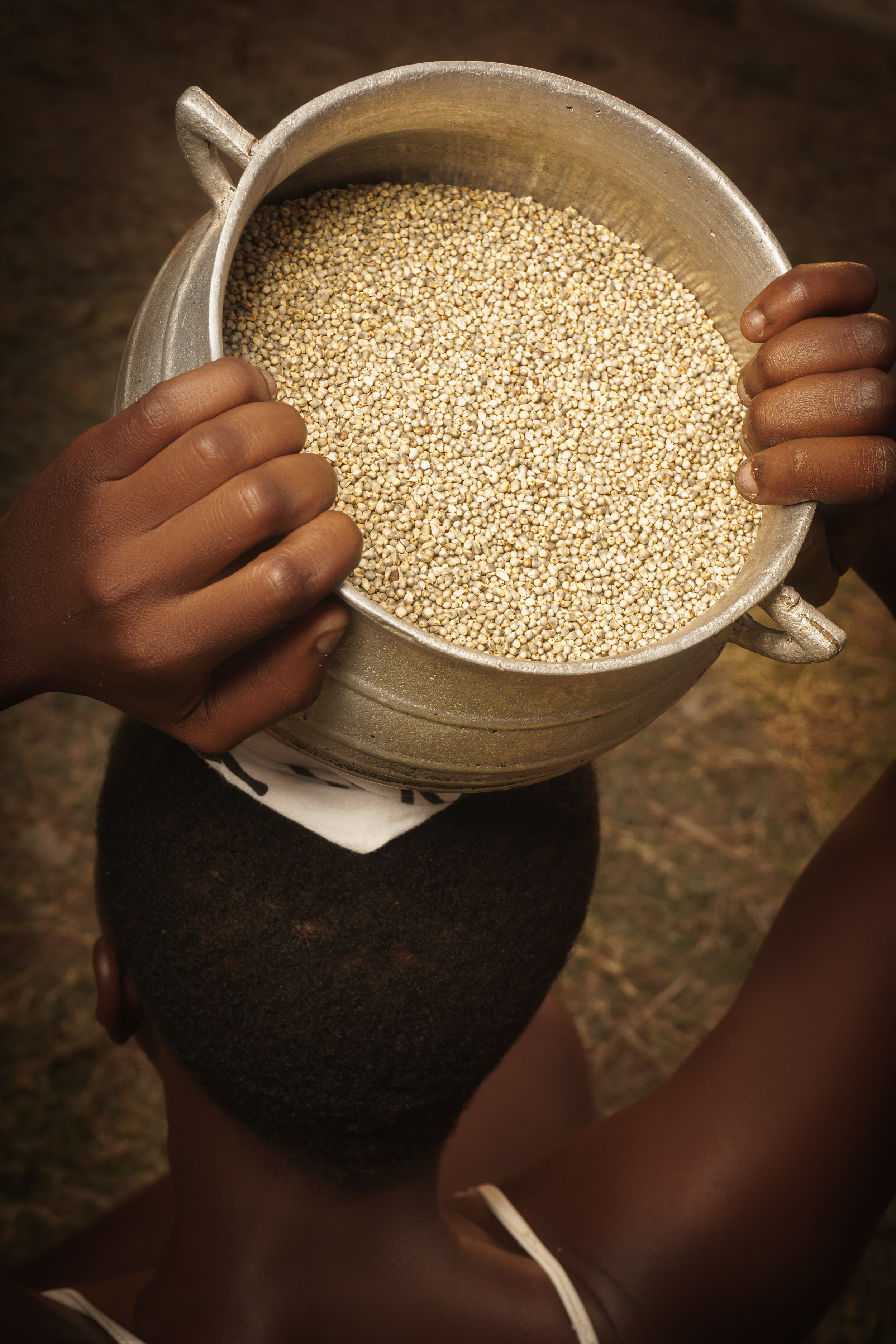My Mother’s Heritage: Tracing My Food Lineage
Native and traditional foods are fundamental to our cultural identity. We can not separate the foods we consume from our history. Our native foods tell the narrative of where we come from, how far and wide we have traveled, who our ancestors are and how they lived. In short, our ancestral foods hold the story of our survival in their seeds.
I was born in Bolgatanga, in the Upper East Region of Ghana. My mother is from Navorongo, a thirty minute drive from Bolga. I spent the first seven years of my life there, traveling to and through villages and cities in the Northern part of Ghana. I grew up eating Tuo Zaafi, a sticky starchy native dish typically made with millet flour, and water. It is traditionally served with a variety of soups such as the Berese soup made with aleefo (known as callaloo), and groundnut paste. This staple food can also be consumed with bitter leaf soup, or with dry okra and baobab leaf soup.
In Toronto, where I grew up, my mother made our traditional foods. We ate Tuo Zaafi, Bambara Beans with waakye, Kooko (fermented millet porridge), and used Dawadawa (the locust bean) in all our foods. I say you have truly never had jollof, if it is not made with dawadawa. It is a flavoring made from the seeds of Parkia biglobosa, also known as the African locust bean tree. We know the value of dawadawa from our grandmothers who have lived by its nutritional benefits. They taught our mothers and aunties to use dawadawa as a seasoning to enhance the flavor of cooked dishes.
Our native foods serve as a symbol of heritage, trademark, and storytelling. The foods my mother cooked at home is what her tribe ate, the Kasena Nankana people in Navorongo, and it is their cultural identity. It is the trademark they wear proudly, and a symbol of what foods have sustained their livelihood for centuries.
Photography: Ekow Dawson
I did not make the connection then, but my mother was preserving her cultural foods cooking these recipes at home in Toronto. It was her reminder of home, her connection to the land she was now distant from, and each time she cooked a meal, she passed on her food lineage to me.
Our traditional foods may not be for everyone, because it is our food. Our native foods may never be mainstream, because each person has food that connects them to a particular ancestor that is important to their survival. But regardless of the trend, popularity, or lack of acceptability of our native foods, each one of these foods are worth protecting, and preserving.
My journey home to millet, dawadawa, fonio, baobab, sourghum, is not just about my place of birth, or my mothers birth home, but I now see food as fundamental to my cultural preservation. It is my birthright to know, to listen, to capture, to connect with, and to trace my ancestral foods. This does not mean we cannot eat or try other foods, or venture out into other contemporary foods but I often wonder, if my great grandmother was to look at my plate, would she recognize ingredients that she knew growing up?


